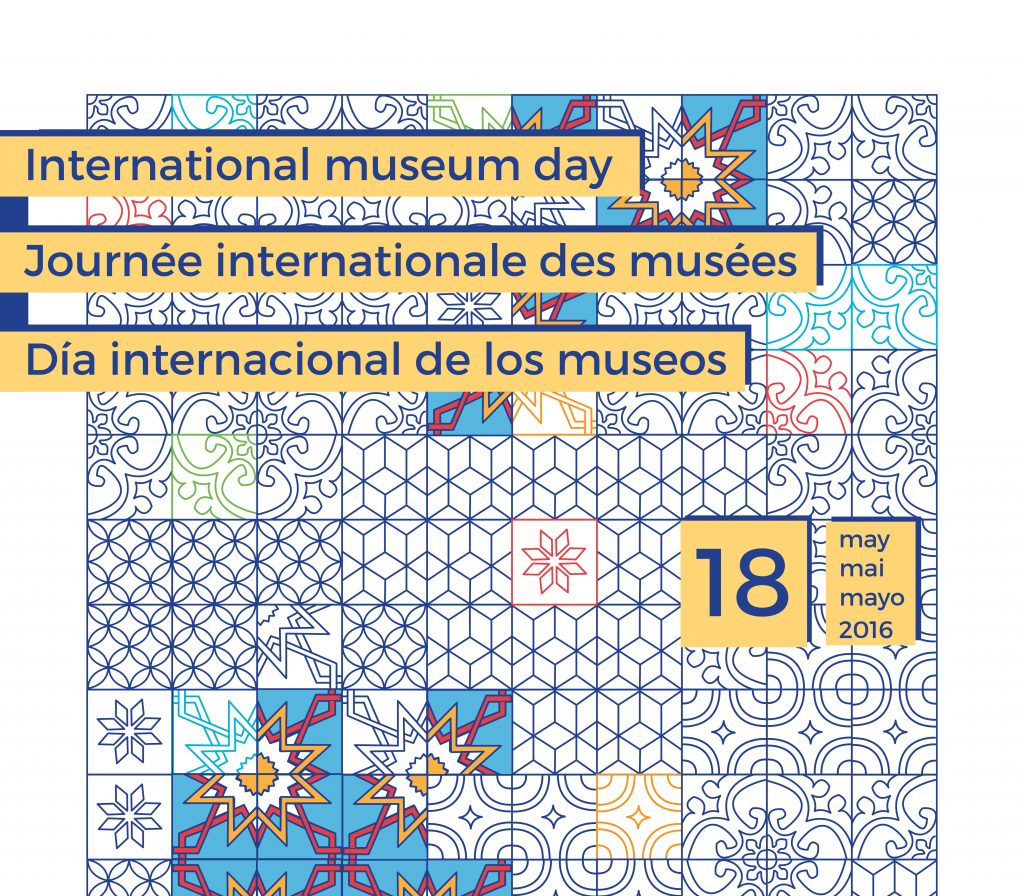International Museum Day 2016: Museums and Cultural Landscapes

International Museum Day 2016 poster, courtesy of ICOM
Every year on and around May 18, cultural institutions and culture lovers worldwide mobilize in celebration of International Museum Day, an annual event launched in 1977 by the International Council of Museums (ICOM). International Museum Day provides cultural institutions with an opportunity to actively engage with the general public, while also marking the important role that museums play in our societies.
This year’s theme, Museums and Cultural Landscapes, is meant to encourage people to think of museums as more than just buildings that house objects, and instead to consider the role museums play in helping visitors to engage in different ways with ideas about various cultural landscapes, both near and far.
At the local level, one of the ways in which the Canadian Museum of History encourages this engagement is through its architecture. Thanks to the vision of Douglas Cardinal, many of the architectural features of the Museum’s iconic buildings on the shore of the Ottawa River reflect aspects of Canada’s great cultural landscapes. Douglas Cardinal has also incorporated the cultural landscape of the Ottawa River into his plans for the new Canadian History Hall. The Rotunda of the new Hall, for example, reflects the “Great Kettle” of nearby Chaudière Falls, which is just one part of the ancient cultural landscape of which many of our visitors — local residents included — may be unaware.
Museums and other cultural institutions play an essential role in preserving our shared history, imparting our heritage to visitors today and protecting this heritage for future generations. As a national institution, however, it is imperative for the Museum of History to fulfill this role on a national scale by actively engaging with communities beyond its physical walls. In addition to encouraging visitors to reflect upon local cultural landscapes, the Museum of History has a number of programs and initiatives designed for Canadians across the country, helping to create a more dynamic approach to history — one that encourages cultural exchange, cultural enrichment and the development of mutual understanding between cultures. As such, the Museum is dedicated to ensuring that the history of Canada and its peoples is accessible, comprehensive and communicated in a way that allows Canadians to feel connected to the events, experiences, peoples and objects that have shaped our past. The Museum partly achieves this through travelling exhibitions, virtual resources, community outreach and social media.
Take, for example, our online exhibitions. Developed by the Museum in collaboration with multiple partners, these virtual resources are one way of making history available and accessible to all Canadians. Have a look at the range of virtual exhibitions on our website to get a better sense of how the Museum uses technology for learning purposes.
Another prime example is the RBC Aboriginal Training Program in Museum Practices, a professional internship providing participants with the technical training they need to make important contributions to Canada’s museum sector and to their respective communities. This unique initiative, created by the Museum in 1993, equips First Nations, Métis and Inuit participants with tools to support Indigenous communities across Canada in sharing their unique stories and traditions in concert with cultural institutions. Using the skills they acquire through this 8-month learning opportunity, several graduates have gone on to have a major impact on the cultural landscape.
The Museum’s travelling exhibitions also enable Canadians across the country to connect with their history. Working hand in hand with other cultural institutions across Canada and around the world, the Museum is able to bring artifacts from the national collection — as well as images, historical documents and audiovisual elements — to museums and cultural centres in Canada and overseas, giving more people the opportunity to learn about different aspects of history within their local communities.
The Museum of History understands the central role that it plays in shaping the cultural landscape, and prides itself on its ongoing efforts to develop new ways of contributing to the preservation and dissemination of Canadian heritage. International Museum Day is a great occasion to reflect upon this responsibility, while raising awareness about museums and their inextricable link to culture.